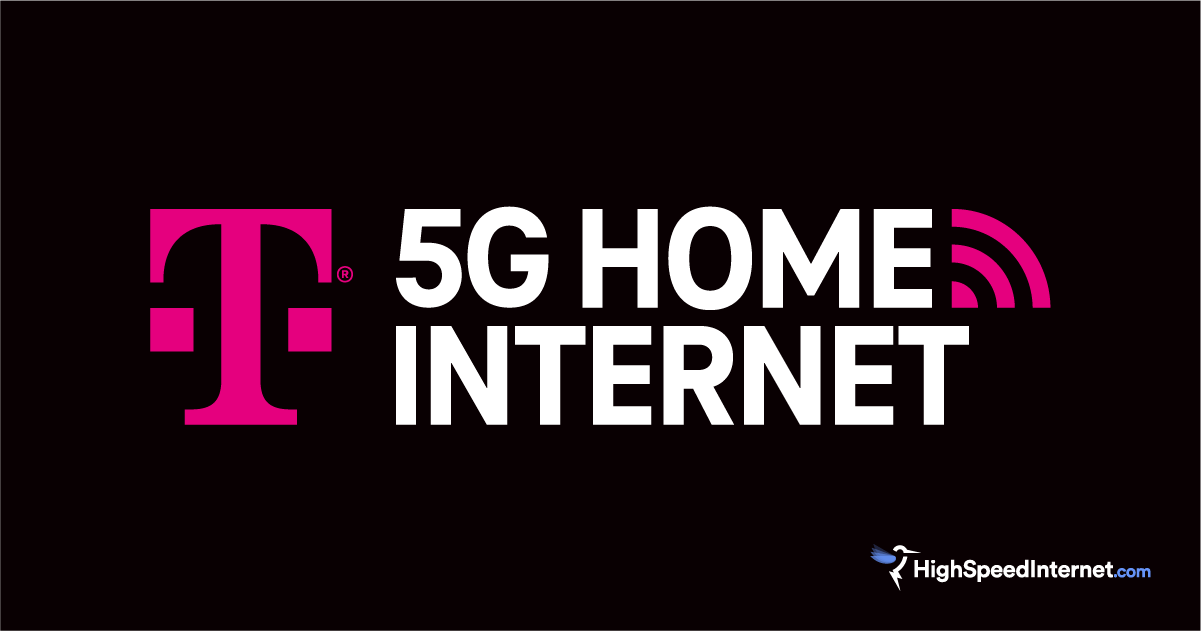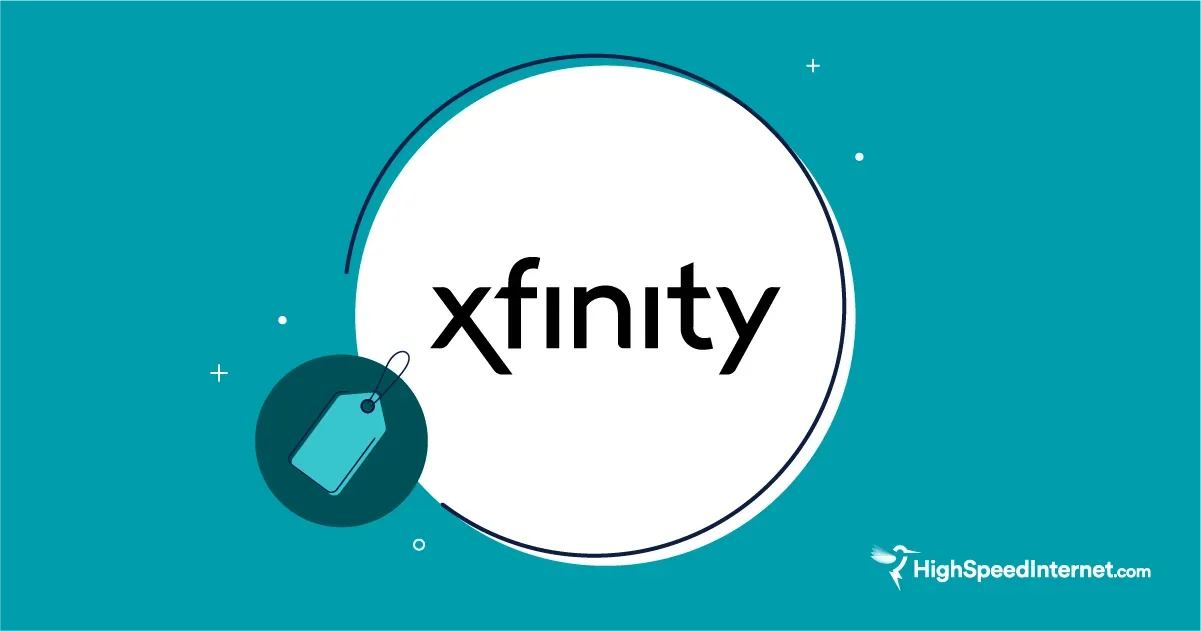Xfinity Internet Has Some of the Fastest Residential Speeds
Find out if Xfinity Internet is right for you
Jun 30, 2025 | Share
Sponsored
This article is sponsored by Xfinity.
Xfinity is one of the largest cable internet providers in the nation. You can get it just about anywhere—from Miami to Seattle, it’s probably available near you. And while that’s all fine and dandy, why would you make the switch? Well, that’s kinda easy to answer: Because it’s affordable, reliable, and whoo-boy is it fast!
The good news is Xfinity probably has a plan that meets your speed needs. It also has even faster speeds set in its sights, which we’ll get into so you can see why we’re all giddy about what’s to come for Xfinity and cable internet.
But hey, why wait? If you’re sick of slow-as-snails internet, use the button below to make the Xfinity switch right now. Not convinced quite yet? Read on for more about all the good stuff that is Xfinity Internet.
First, a bit about Xfinity’s hybrid fiber-coax network
So, what does “hybrid fiber-coax” mean, exactly? Xfinity uses fiber to deliver fast, consistent speeds wherever it provides internet service—but up to a point. Typically, the “last mile” is all coax cable, meaning the line coming into your home is the same one that was originally used to deliver cable TV.
Why not replace all the coax with fiber?
Swapping out a coax cable layout with an all-fiber one can be costly. Technically, Xfinity can deliver fiber-like speeds over coax cables anyway, but the infrastructure needs to be upgraded to make that work. Coax cabling was originally designed to deliver TV, so downloads were always prioritized over uploads. Now, in 2024, things have changed, and high upload speeds are a must.
That said, upgrading the current infrastructure from cable to fiber usually depends on the location and need. Internet companies like Xfinity can get financial help through government funding, but the amount of time and work it takes to swap network designs may not be worth the investment and inconvenience.
“There is minimal disruption to communities,” parent company Comcast explained in 2023. “The vast majority of our upgrades do not require construction crews digging up sidewalks or roads in neighborhoods. And because our network already reaches more than 60 million homes and businesses, we can move quickly as the network continues to be upgraded.”
Xfinity has been upgrading its network for years
So, rather than gut an existing cable internet network and replace it with a full fiber one, why not invest in quality upgrades to deliver fiber-like speeds? As the comment shows, Comcast hasn’t been shy about its plans to deliver fiber-like multigig speeds across existing cable TV lines.
“Over the past 5 years, Comcast has invested an additional $20 billion on top of decades of investment and innovation to advance our vision for broadband,” Comcast added. “By making these investments today, Comcast is delivering on one of our nation’s top priorities: bringing state-of-the-art broadband everywhere and getting everyone connected.”
Last year, Xfinity revealed its first cable internet gateway, the XB10, based on the new DOCSIS 4.0 standard. It supports 10,000Mbps (10Gbps) cable internet and is backed by the new Wi-Fi 7 standard, which delivers superfast wireless speeds to compatible devices.
And the innovation just keeps coming. In January, Comcast partnered with Apple, Meta, Valve Software, and NVIDIA to reduce latency in applications like FaceTime, GeForce NOW, Steam games, and more. The optimization is based on Low Latency DOCSIS technology, which prioritizes specific application data and uses a more efficient way to transmit that data through the Xfinity network. The result is better response times in online gaming and picture-perfect video calling.
That all said, Xfinity is at the forefront in delivering symmetrical fiber-like speeds and super-low latency to cable internet customers. If all of this sounds great and you’re eager to make the switch, use the button below to get started. Otherwise, read on to learn more about the plans Xfinity currently offers.
Now meet Xfinity’s residential internet plans
Now that you have a little taste of the network behind Xfinity’s great service, let’s look at the plans you can get.
Internet Essentials
| Package | Starting price | Download speed |
|---|---|---|
| Internet Essentials | $14.95/mo.* | 75Mbps |
| Internet Essentials Plus | $29.95/mo.* | 100Mbps |
Availability and speed may vary by location, prices are subject to change. See disclaimers.
Xfinity’s two Internet Essentials plans don’t require credit checks or term contracts. They’re great for working from home, learning online, and more. Both plans include an easy setup, security tools, and access to over 20 million WiFi hotspots nationwide. You can get a discount on a new Dell laptop or Chromebook, too.
Standard plans up to 1,000Mbps (1Gbps)
| Package | Starting price | Download speed |
|---|---|---|
| 300 Mbps | $40/mo.* for 12 mos. | 300Mbps |
| 500 Mbps | $55/mo.* for 12 mos. | 500Mbps |
| 1 Gig | $70/mo.* for 12 mos. | 1,000Mbps |
See disclaimers.
Currently, Xfinity offers five plans with speeds ranging from 300Mbps to two gigabits. The good news is that you can use your own store-bought modem rather than lease one from Xfinity, which can save you money in the long run.
Plans that break the gigabit barrier (1.2Gbps+)
| Package | Starting price | Download speed |
|---|---|---|
| 1.2 Gig | $100/mo.* for 12 mos. | 1,200Mbps |
| 2 Gig | $100/mo.* for 12 mos. | 2,000Mbps |
See disclaimers.
Xfinity provides two plans that break through the traditional gigabit speed barrier. You can purchase a cable modem rather than lease one through Xfinity, but it must have a 2.5Gbps Ethernet port for internet. You also need a router or mesh system with a similar port.
Current Xfinity deals
Xfinity normally refreshes its deals on internet each month, but they’re not the same nationwide. One deal may be offered in the Northeast, while a different one can be had on the West Coast. Here are the latest:
- Enjoy a 5-year price guarantee on a 300Mbps internet plan for $40 per month
- Earn up to $500 per year by referring friends to Xfinity
- Get 1 Gig speeds for $50 per month and a 5-year price guarantee
Xfinity has other optional services, too
Xfinity provides additional services that complement its speedy internet. They’re all optional, but you need Xfinity Internet to use them.
Xfinity Mobile
Xfinity Mobile is a Mobile Virtual Network Operator (MVNO) that uses Verizon’s cellular network. Cellular devices on an Xfinity Mobile plan require Xfinity Internet when using Wi-Fi at home. They switch to Verizon’s network when Wi-Fi is not available.
Xfinity Voice
Xfinity Voice is a landline VoIP phone service delivered over Xfinity Internet. It includes call forwarding, three-way calling, readable voicemail, spam call blocking, and more, depending on the plan you choose. Xfinity Voice requires a modem with telephone ports.
Xfinity TV
Xfinity TV is delivered two ways: through the traditional receiver or through a streamer, both of which require Xfinity Internet. StreamSaverTM gives you discounts on popular streaming services, too, like saving 40% when you bundle Netflix, Peacock, and AppleTV+.
Xfinity Home Security
Xfinity Home Security adds 24/7 professional monitoring, cloud storage, outage protection, and more. Simply purchase the compatible equipment you need to secure your home and manage it all through the Xfinity app. Xfinity Self Protection is a “lite” version with fewer features.
Love all the extras? Use the button to sign up with Xfinity now!
Xfinity has the speed and reliability you need
Still not convinced? Sheesh, what a hard sell! Okay, challenge accepted. Here’s our closing argument.
Xfinity is at the forefront of innovation, pushing to deliver fiber-like speeds over traditional cable TV lines. It ranks high for speed in our latest Internet Service Provider Review, surpassing rivals Cox, Spectrum, Astound Broadband, and more. Customers love it, too, based on their feedback, complimenting the service on its reliability, customer support, and speeds for the price.
Overall, Xfinity offers you a lot of choices, so you can decide what’s best for your home’s speed needs and budget. As we say in our Internet Review, the Fast plan is a good deal for the speeds you get, but it may be more (or less) than what you need. However, many areas may not offer anything above a gigabit, so use our zip check tool below to see what Xfinity offers in your area.
Ready to make the switch?
Enter your zip code to see if you can get Xfinity Internet.
Disclaimers
Internet Essentials
* Includes equipment. No credit check. No cancellation fee. Restrictions apply. Not available in all areas. Limited to residential customers meeting certain eligibility criteria. Subject to Internet Essentials program terms and conditions.
Standard plans up to 1Gbps
* For 12 months, no term contract. Restrictions apply. Autopay w/ stored bank account and paperless billing req’d. Taxes and fees extra and subj. to change. Reduced speeds after 30 GB of usage/line. Data thresholds may vary.
Plans that break the gigabit barrier
* For 12 months, no term contract. Restrictions apply. Autopay w/ stored bank account and paperless billing req’d. Taxes and fees extra and subj. to change. Reduced speeds after 30 GB of usage/line. Data thresholds may vary.
Author - Kevin Parrish
Kevin Parrish has more than a decade of experience working as a writer, editor, and product tester. He began writing about computer hardware and soon branched out to other devices and services such as networking equipment, phones and tablets, game consoles, and other internet-connected devices. His work has appeared in Tom’s Hardware, Tom's Guide, Maximum PC, Digital Trends, Android Authority, How-To Geek, Lifewire, and others. At HighSpeedInternet.com, he focuses on network equipment testing and review.
Editor - Jessica Brooksby
Jessica loves bringing her passion for the written word and her love of tech into one space at HighSpeedInternet.com. She works with the team’s writers to revise strong, user-focused content so every reader can find the tech that works for them. Jessica has a bachelor’s degree in English from Utah Valley University and seven years of creative and editorial experience. Outside of work, she spends her time gaming, reading, painting, and buying an excessive amount of Legend of Zelda merchandise.

